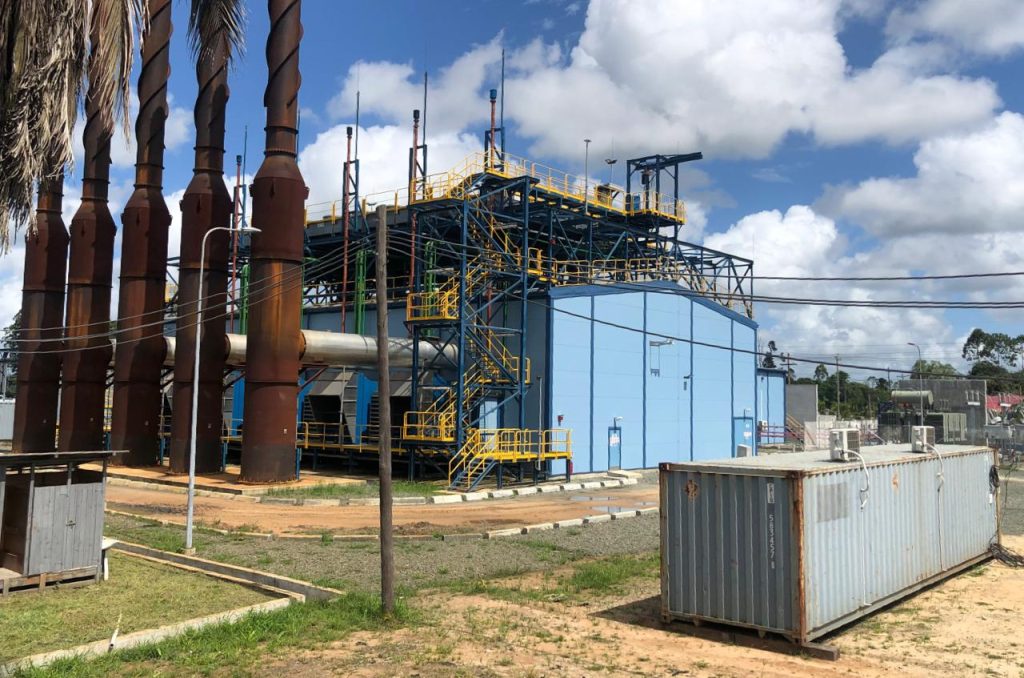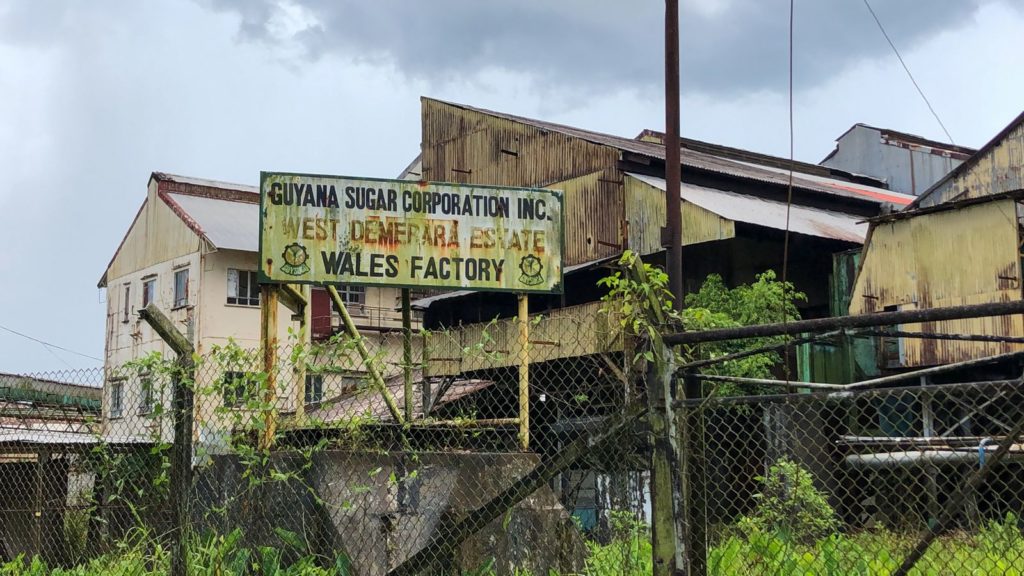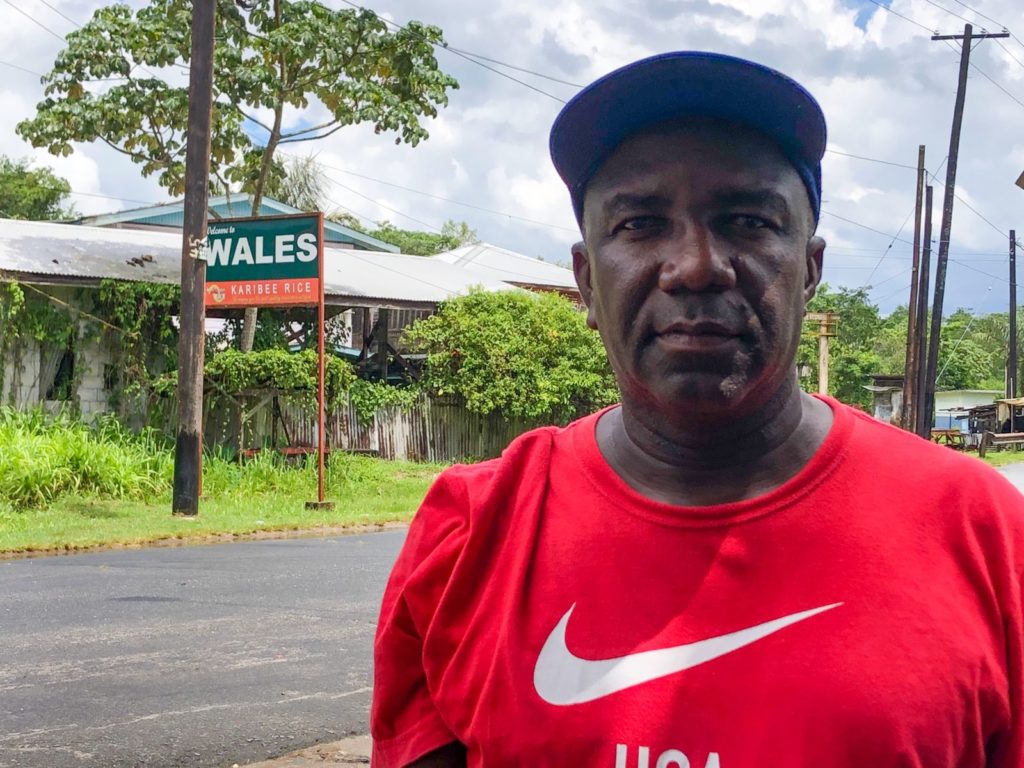BY: VISHANI RAGOBEER
Vishani@newsroom.gy
Guyana is pursuing several ambitious goals at once. The country wants to lower the exorbitant cost of energy, gradually divorce itself from using harmful fossil fuels and still remain one of the earth’s few net carbon emitters- effectively helping to save the planet with its trees.
How the country intends to achieve these goals, at least in the short term, largely hinges upon the success of a forthcoming mega gas-to-energy project at Wales on the West Bank of Demerara (WBD).
“At US$1.7 billion, we will build this project, we will pay back for that project and we’d be able to generate power at five cents per kilowatt hour,” Guyana’s Vice President Dr. Bharrat Jagdeo explained during a recent online engagement.
Comparatively, most consumers currently pay about 30 cents per kilowatt hour for electricity.
That electricity is generated from imported fossil fuels, like diesel, which emit harmful greenhouse gases contributing to the climate crisis.

And this lends to another importance of the project- that is, natural gas is the transition fuel meant to wean Guyana off of its dependency on fossil fuels, gradually moving to more cleaner sources of energy like wind, solar and hydro power.
Based on the country’s revised Low Carbon Development Strategy, Guyana will phase out the use of about 70 per cent of the non-renewable, fossil fuels by 2027 through an energy mix of natural gas and renewable energy sources.
These ambitious goals are national priorities but the project itself impacts thousands of people directly.
Savita Ramnarine is a 39-year-old chicken vendor who lives at Wales, WBD. The chickens are plucked, cleaned and stored in a freezer at the front of her yard, just near the Wales Public road.
She gets electricity from the state-owned electricity company, the Guyana Power and Light (GPL), which generates power from diesel engines- most of them old and needs replacing. The risk of her freezed products spoiling is high.
Since she heard about the Wales project, and what it promises, she has been a bit more optimistic.
“It’s always better if there’s cheaper energy,” she said. She welcomes the stable supply of electricity.
But as a resident of Wales, this project has a deeper importance for her.

A once-bustling sugar estate in this community was shut down in 2016, leaving many residents and other surrounding communities jobless. Business in the community migrated to other parts of the region.
Ramnarine is firmly convinced that the new gas-to-shore project could revitalise the local economy once again,
Similarly, Wilbert Daymon, who worked as a heavy-duty machine operator on that estate for 31 years, believes the project is a good one.
“Jobs will be created for young people and it will boost the economy, especially where electricity is concerned,” he said.
Daymon has been following the development of this project, attending many of the ExxonMobil-led public scoping meetings. Because of that, he does have some safety concerns and wondered if there are better alternatives to natural gas.
A specific concern of his is the impact the exploitation of natural gas might have on the environment, given the robust debate about the harmful effects of oil production and a potential oil spill.
And so, he reasoned, “I think hydro(power) would be something very good here, it would be more economical to my knowledge and it should have been done a long time ago.
“But whatever they do, they should do it the right way.”

Another resident of Wales, Tracey King, is less optimistic about the project and more concerned about its impact on the environment.
Her fears stem from her experience with flooding last year.
As Guyana experienced nationwide flooding in May/ June 2021, King’s Wales residence was entirely inundated. She believes that the world’s continued dependence on fossil fuels, like the oil Guyana produces, contributes to climate change- which, in turn, contributes to rising sea levels and flooding.
“The climate change thing serious.
“…We’re under sea level and that is what I am scared of,” King says in-between selling at her roadside food stand on the Wales public road.
She also believes that other sources of energy, but solar energy in particular, might prove more beneficial to Guyana.
Natural gas, though a fossil fuel itself, is generally believed to be a lower-emission fuel. Setting up the needed pipeline, Natural Gas Liquids (NGL) plant and the power generation plan is expected to be a feasible venture.

Still, renewable energy solutions are seen as the longer term solution with Guyana already establishing solar and wind farms and is shopping around for investors for similar projects.
Guyana’s Head of State Dr. Irfaan Ali last month told the United Nations General Assembly that countries indeed need to use more of these renewable sources of energy to save the planet.
He, however, posited that new oil-producing developing countries like Guyana, which have long been beset by significant inequalities, should be afforded the opportunity to exploit their oil and gas resources.
Only then, he said, can an equitable transition be achieved.
“In this transition, fossil fuel remains necessary. I am convinced that new entrants like Guyana must be part of a balanced approach,” President Ali said.
This story was published with the support of Climate Tracker’s Caribbean energy transition journalism fellowship
This story is part of Caribbean Energy Transition Journalism Workshop. Vishani is one of the finalists, meet the full team here!
